Can you spot the difference between the following two statements? Britain’s gastronomy is the most diverse in Europe, and Britain has the best food in Europe?
If you can, you’re doing better than most people who commented on an Adrian Chiles’ Guardian article. To be fair, the title of the piece didn’t help Adrian’s cause. It was called After three weeks travelling in Europe, I’m calling it – British food is the best.
The article itself didn’t reflect a title chosen for its clickbait potential, no doubt by a savvy editor who knew people on social media often comment on headlines rather than content. Adrian didn’t claim British food was the best in Europe. His article concerned the range of different foods available in Britain. He claimed, ‘where we win hands down is on variety.’
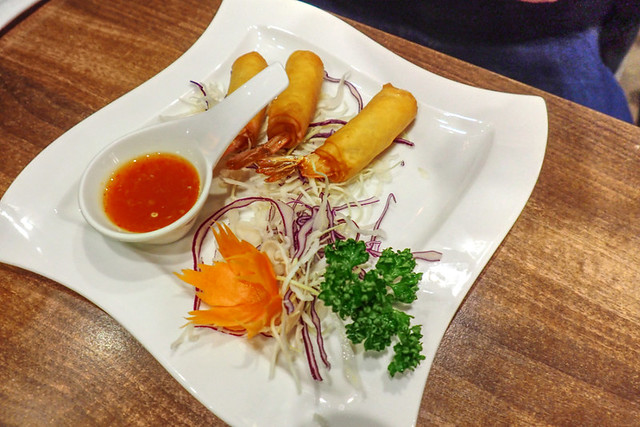
Comment after comment gushed about the merits of Italian, French, Spanish gastronomy etc. accompanied by outrage that he could suggest British food was better … even though he didn’t. Many people used their gastronomic experiences as evidence of just how good food in other countries was. The thing is, nobody was questioning how good the food was around Europe.
I’ve lived in Spain and in Portugal and have spent a lot of time in off the beaten track areas of various European countries. I love to try regional specialities wherever I go, so reckon I’ve got some experience in this area. And I agree with what Adria Chiles was trying to get across.
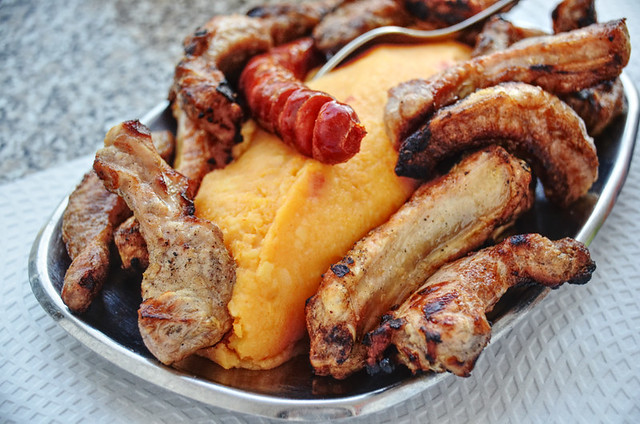
Living in Portugal
In my book Camel Spit & Cork Trees I devote a chapter to gastronomy in rural Alentejano, starting off enthusiastically about regional dishes such as sarapatel, sopa de tomate alentajana, migas, porco preto. A few paragraphs later, I write this, ‘by the time we notch up our third Portagem eatery we are starting to become a tad jaded with menu choices’ and this, ‘over the course of a week or two there might be sufficient culinary interest to be explored in menus which vary little from restaurant to restaurant. However, over the long haul it’s a different kettle of fish, especially when there’s a noticeable lack of said fish.’
And that’s what the outraged brigade failed to grasp. Trying ‘local food’ for a brief period can be a treat for the tastebuds, but when you spend any time in an area where the choice of what’s on offer is limited, it can become gastronomically tedious.
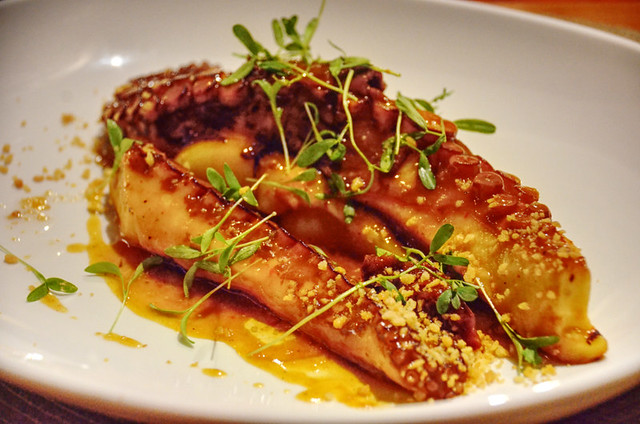
Living on Tenerife
Tenerife has more interesting gastronomy than many people give it credit for. Even so, in traditional parts, where there’s a healthy culture of eating out, many menus feature the same dishes. However, the gastronomic scene is lifted by young chefs updating old favourites and fusing them with the cuisine of other countries, which gives it a boost and adds more variety.
But folk have blinkered ideas about how you should eat when in other countries. Years ago, I mentioned yearning for pizza every now and again and was chastised by someone for not eating the local food. It was just as well we had cyberspace separating us. Instead of going all Incredible Hulk, I patiently pointed out that most of what I ate was local food, which was why I fancied something different for a change. Their take was akin to saying anyone who lives in Britain should only eat British food. It’s complete nonsense. There’s a difference between brief visits and staying somewhere for a longer period.
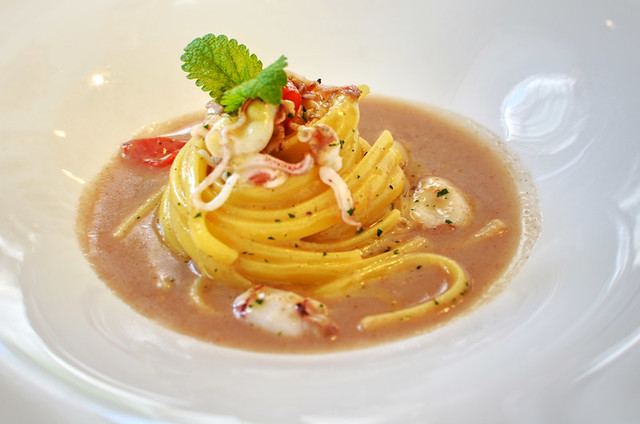
Gastronomic preferences
Generally speaking, people prefer their own food irrespective of what country they hail from. I recently read a survey about Chinese dining habits which concluded Chinese people liked to eat Chinese food whenever they travelled outside of China. About a decade ago, a Canarian guide on La Palma bemoaned the culinary limitations of his fellow islanders, saying they wanted the same food over and over again, making it difficult for any innovation in the restaurant scene. That’s improved now, but it’s taken some time. People are creatures of habit. As Adrian points out in his article, ‘in France you eat French, Italy Italian, Greece Greek, Spain Spanish, and so on.’
Italy gets away with it though because the food there is so good and incredibly diverse.
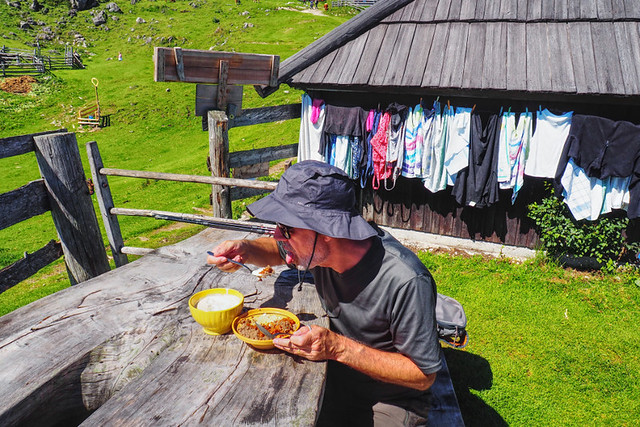
Gastronomy in European cities
If people base their experiences on eating in European cities, then it’s going to be skewed. There’s always a greater choice in cities. Take Lisbon. The food is influenced by former colonies. Head to more traditional northern parts of Portugal and that same choice doesn’t exist. The gastro scene in Ljubljana in Slovenia is exciting, yet in a more rural area of the country I watched a couple of locals double up at the mention of Slovenia being awarded the title of European Region of Gastronomy 2021.
Restaurant comparisons around Europe
For reasons of casual illustration, here’s a list of the gastronomy served in the top ten restaurants on TripAdvisor for each of seven sizeable European towns I’ve visited.
Arles, France: French, French, French, French, French, Asian, French, French, French, French.
Setúbal, Portugal: Portuguese, Italian, Portuguese, Portuguese, Portuguese, Portuguese, Portuguese, Portuguese, Portuguese, Italian.
Freiburg, Germany: German, German, Mexican, Spanish, Middle Eastern, Indian, German, German, German, German.
Pontevedra, Spain: Spanish, Moroccan, Spanish, Spanish, Italian, Spanish, Spanish, Spanish, Spanish, Spanish.
Bergamo, Italy: Mexican, Chinese, Italian, Italian, Italian, Italian, Italian, Italian, Ethiopian, Italian.
Chania, Greece: Greek, Greek, Greek, Greek, Greek, Greek, Greek, Greek, Greek, Greek.
Exeter, Britain: Mexican, Mediterranean, British, Jamaican, Asian, British seafood, British, British, Portuguese, Moroccan.
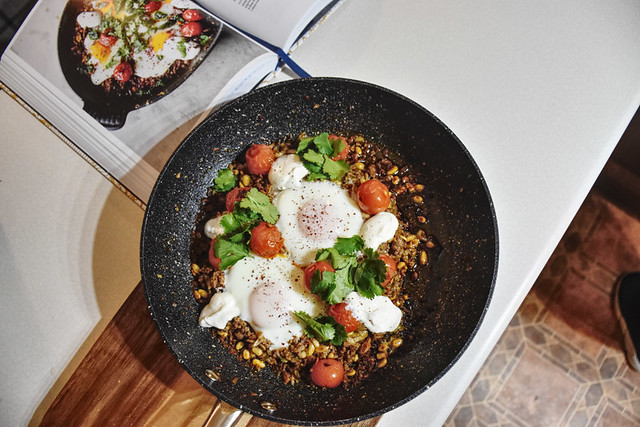
The culinary diversity in Britain is also reflected in the home. As Italian chef Giorgio Locatelli commented when judging the UK’s Big Family Cooking Showdown programme – you won’t find the variety of cooking found in British kitchens in any other European country.
And that’s what Adrian Chiles was talking about, not which country’s food was best.


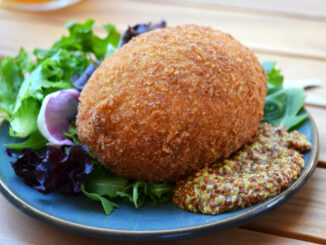
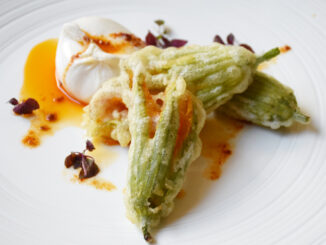
Be the first to comment